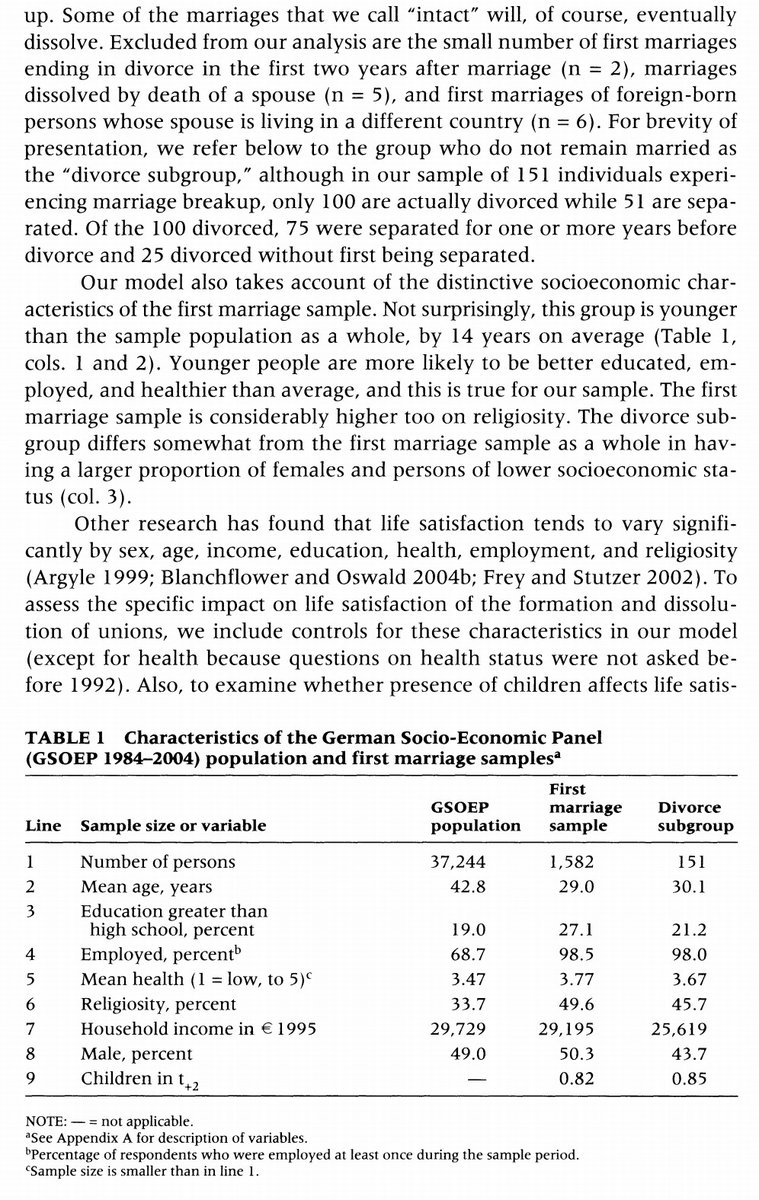1/ When face masks signal social identity: Explaining the deep face-mask divide during the COVID-19 pandemic
"We found strong evidence of in-group favoritism among both mask & non-mask wearers when information about the partner’s mask usage was known."
journals.plos.org/plosone/articl…
"We found strong evidence of in-group favoritism among both mask & non-mask wearers when information about the partner’s mask usage was known."
journals.plos.org/plosone/articl…

2/ "Instead of simply asking what mask & non-mask wearers think of each other, we look at how information about others’ mask-wearing behavior influences cooperation when real money is at stake.
"We recruited an even distribution of subjects from different political affiliations.
"We recruited an even distribution of subjects from different political affiliations.
3/ "Our experiment consisted of two main stages of incentivized Prisoner’s Dilemma (PD) games with & without subjects knowing their partners’ mask usage.
"Each subject’s answer to a hypothetical scenario was used to classify her as a mask wearer (MW) or a non-mask wearer (NMW).
"Each subject’s answer to a hypothetical scenario was used to classify her as a mask wearer (MW) or a non-mask wearer (NMW).

4/ "There is a possibility that face masks signal both cooperation and social identity, in which case the opposing effects may cancel out. However, we should continue to observe mask wearers cooperating more when playing against another mask wearer where both H2 and H3 are true." 

5/ "There is little evidence to support H1 (that mask wearers are intrinsically more cooperative than non mask wearers when information about their own and the other person’s mask usage is not salient)." 

6/ Panel 1: "Eliciting mask usage after the first stage, which would have made their own mask-wearing behavior salient, did not affect cooperation. This suggests participants do not hold stereotypical views about how mask or non-mask wearers should behave in a social dilemma. 

7/ Panels 2 and 3: "Mask wearers seemed to treat other mask wearers as in-group members and non-mask wearers as out-group members, and vice versa for how non-mask wearers treated other non-mask wearers and mask wearers. 

8/ "Results continue to be robust after controlling for gender, age, ethnicity, the political party supported, education, household income, the exchange rate, and the order of the PD games.
9/ "Compared to facing an anonymous partner, mask wearers’ cooperation rates were 7 percentage points (p<0.001) higher when facing a mask-wearing partner and 25 pp (p<0.001) lower when facing a non-mask wearing partner. The difference of 32 pp is significant in a t-test, p<0.001. 

10/ "Non-mask wearers’ cooperation rates were 14 pp (p = 0.063) lower when facing a mask-wearing partner and 3 pp (p = 0.634) higher when facing a non-mask-wearing partner, compared to facing an anonymous partner. The difference of 17 pp is significant in a t-test, p = 0.033.
11/ "Elicited expectations at the end of the experiment about the mask and non-mask wearers’ willingness to cooperate and their altruism towards them are strongly correlated with participants’ cooperation during the experiment itself."
12/ "98% of Democrats identified themselves as mask wearers compared to 88% of Independents & 84% of Republicans. These differences are sizable and stat. significant; we can reject the null hypothesis that the average mask usage is the same across all 3 political affiliations.
13/ "The bias towards mask wearers over non-mask wearers was highest among Democrats, followed by Independents, and then Republicans. Likewise, the bias towards mask wearers over non-mask wearers decreases with how conservative participants think of themselves." 

14/ "Non-mask wearers were 21 pp (p=0.002) less likely to cooperate than mask wearers when facing a mask wearer & 25 pp (p<0.001) more likely than mask wearers when facing a non-mask wearer even accounting for the interaction between political affiliation and partner mask usage." 



15/ "While there is evidence that political identity drives some of our earlier results of social identity effects associated with face mask usage, we cannot attribute the entire effects to the hypothesis that face masks are a pure signal of political identity.
16/ "There is still a residual effect that cannot be accounted for by the political identity, which implies that face masks also carry an identity, one that is distinct from political identity.
17/ "Given recent discussions on vaccine passports and getting those who have been vaccinated to wear a sticker visible to others, our results suggest that such efforts might lead to the unintended politicization of vaccinations and undermine large-scale vaccination efforts." 

18/ Related reading:
Media Slant is Contagious
Is Newspaper Coverage of Economic Events Politically Biased?
Polarizing impact of science literacy and numeracy on perceived climate change risks
Media Slant is Contagious
https://twitter.com/ReformedTrader/status/1392876863500865538
Is Newspaper Coverage of Economic Events Politically Biased?
https://twitter.com/ReformedTrader/status/1383262208965025792
Polarizing impact of science literacy and numeracy on perceived climate change risks
https://twitter.com/ReformedTrader/status/1411033851288117248
• • •
Missing some Tweet in this thread? You can try to
force a refresh




























